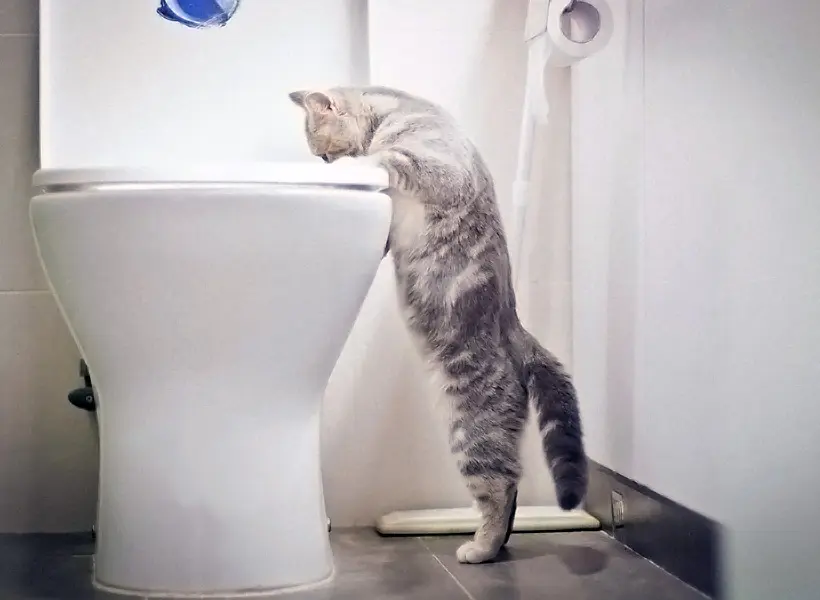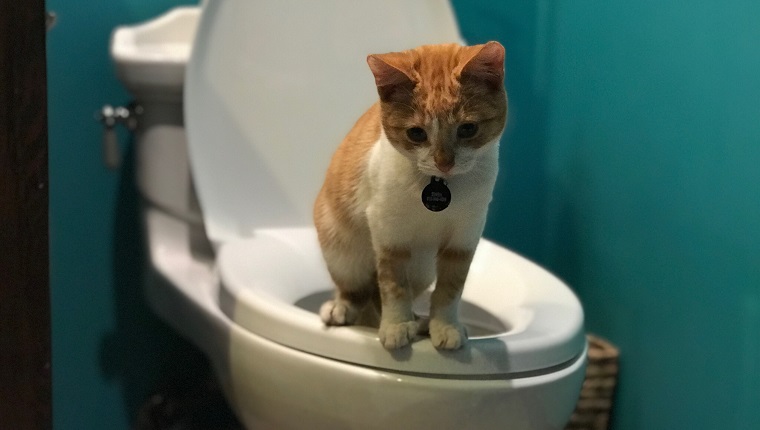Crucial Points Regarding Flushing Animal Waste Down the Toilet
Crucial Points Regarding Flushing Animal Waste Down the Toilet
Blog Article
Were you in search of critical info concerning Why you should never flush dog poop down the toilet?

When it comes to getting rid of waste, specifically animal waste, many people typically consider the convenient option of flushing it down the bathroom. Nevertheless, this relatively very easy solution can have serious consequences for the environment and public health. In this short article, we'll check out why flushing animal waste down the bathroom is a negative concept and provide alternative methods for proper disposal.
Introduction
Proper waste disposal is essential for preserving environmental sustainability and public health. While it may seem harmless to flush animal waste down the toilet, it can lead to numerous concerns, both for the setting and human wellness.
Risks of flushing pet waste
Ecological effect
Flushing animal waste introduces dangerous microorganisms and microorganisms into rivers, which can negatively impact water environments. These microorganisms can pollute water sources and injury marine life, interrupting fragile ecological communities.
Public health issues
Pet waste includes hazardous bacteria such as E. coli and Salmonella, which can position severe health and wellness dangers to people. Flushing pet waste down the bathroom can pollute water materials, bring about the spread of conditions and infections.
Alternatives to flushing
Rather than flushing animal waste down the commode, there are several alternative disposal approaches that are extra eco-friendly and hygienic.
Composting
Composting pet waste is an environment-friendly way to take care of it. By composting, organic matter is broken down right into nutrient-rich soil, which can be utilized to feed gardens and plants.
Garbage dump disposal
Disposing of pet waste in a land fill is one more alternative. While not as environmentally friendly as composting, it is a much safer choice to flushing, as it prevents the contamination of water sources.
Animal garbage disposal systems
There are customized animal garbage disposal systems readily available that safely and hygienically get rid of pet waste. These systems often use enzymes to break down waste and eliminate odors.
Actions to correct pet garbage disposal
To ensure appropriate disposal of animal waste, comply with these actions:
Scooping and landing waste
Routinely scoop and bag animal waste utilizing eco-friendly bags. This prevents waste from contaminating the environment.
Using marked waste containers
Dispose of bagged pet waste in marked waste containers, such as garden compost containers or land fill containers. Prevent flushing it down the toilet at all costs.
Cleaning litter boxes and pet locations regularly
Routinely clean can and family pet areas to prevent the buildup of waste and bacteria. Usage pet-safe cleansing products to maintain health.
Benefits of proper disposal approaches
Taking on appropriate disposal techniques for animal waste supplies numerous benefits:
Decreased environmental pollution
Proper disposal methods reduce the threat of environmental pollution, shielding rivers and ecosystems from contamination
Lessened danger of water contamination.
By avoiding flushing animal waste down the bathroom, the danger of water contamination is dramatically minimized, protecting public health.
Boosted sanitation and health
Correct disposal approaches promote much better sanitation and health, developing a safer atmosphere for both people and pets.
Conclusion
To conclude, flushing animal waste down the bathroom is dangerous to the environment and public health. By adopting alternate disposal methods and following correct waste administration methods, we can reduce the unfavorable impact of pet waste and contribute to a cleaner, healthier earth.
What To Do With Dog Poo – The Do's And Don'ts Of Disposing Of Faeces
Dog poo bins
Some councils provide dedicated dog waste bins in popular dog-walking areas that can take dog poo that has been bagged but you can legally dispose of dog waste in any public litter bin, as long as it is securely bagged. This also applies to your wheelie bin at home.
Do not flush
Water companies do not recommend flushing dog faeces down the toilet because certain parasites can survive the water processing treatment and are potentially harmful to humans. You should also never consider flushing dog poo that has been bagged down the toilet as the bags will not break down and instead create severe blockages in the sewage system.
In the woods
The Forestry Commission promotes a ‘stick and flick’ method for dealing with waste in the woods. This means finding a stick and using it to flick any poo from off the path so that it is out of the way of other walkers. You could also bury it as long as it is not in an area where there might be livestock.
Livestock
Parasites found in dog poo can be transmitted to livestock if they inadvertently eat infected faeces that has been left on grazing land. This could result in the death of sheep or abortion in cattle so you should always make sure you pick up your dog’s waste in fields where livestock could be present.

Routinely clean can and family pet areas to prevent the buildup of waste and bacteria. Usage pet-safe cleansing products to maintain health.
Benefits of proper disposal approaches
Taking on appropriate disposal techniques for animal waste supplies numerous benefits:
Decreased environmental pollution
Proper disposal methods reduce the threat of environmental pollution, shielding rivers and ecosystems from contamination
Lessened danger of water contamination.
By avoiding flushing animal waste down the bathroom, the danger of water contamination is dramatically minimized, protecting public health.
Boosted sanitation and health
Correct disposal approaches promote much better sanitation and health, developing a safer atmosphere for both people and pets.
Conclusion
To conclude, flushing animal waste down the bathroom is dangerous to the environment and public health. By adopting alternate disposal methods and following correct waste administration methods, we can reduce the unfavorable impact of pet waste and contribute to a cleaner, healthier earth.
What To Do With Dog Poo – The Do's And Don'ts Of Disposing Of Faeces
Dog poo bins
Some councils provide dedicated dog waste bins in popular dog-walking areas that can take dog poo that has been bagged but you can legally dispose of dog waste in any public litter bin, as long as it is securely bagged. This also applies to your wheelie bin at home.
Do not flush
Water companies do not recommend flushing dog faeces down the toilet because certain parasites can survive the water processing treatment and are potentially harmful to humans. You should also never consider flushing dog poo that has been bagged down the toilet as the bags will not break down and instead create severe blockages in the sewage system.
In the woods
The Forestry Commission promotes a ‘stick and flick’ method for dealing with waste in the woods. This means finding a stick and using it to flick any poo from off the path so that it is out of the way of other walkers. You could also bury it as long as it is not in an area where there might be livestock.
Livestock
Parasites found in dog poo can be transmitted to livestock if they inadvertently eat infected faeces that has been left on grazing land. This could result in the death of sheep or abortion in cattle so you should always make sure you pick up your dog’s waste in fields where livestock could be present.

I'm certainly very curious about Should you flush animal waste down the toilet and I am hoping you liked my blog entry. Liked our content? Please quickly share it. Help someone else check it out. Thank-you for going through it.
Free Estimates Report this page